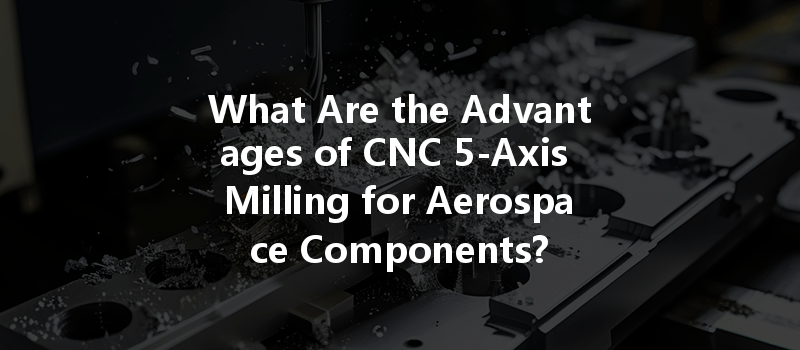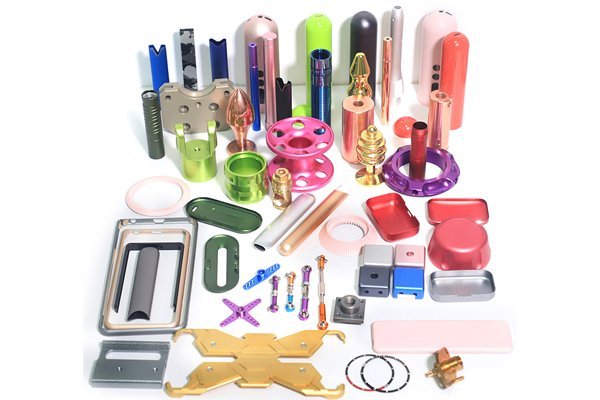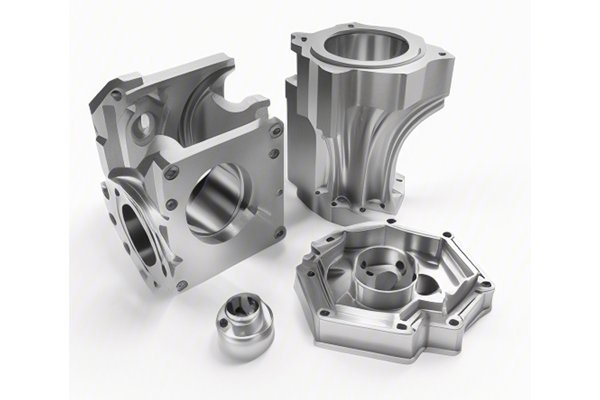Did you know that the aerospace industry is one of the most demanding sectors when it comes to precision engineering? A single aircraft can contain over 800,000 parts, each engineered to perfection to ensure safety, efficiency, and performance. As technological advancements drive the need for more intricate and robust components, manufacturers are increasingly turning to CNC 5-axis milling as the solution.
In this blog, we’ll delve into what CNC 5-axis milling is, explore the specific advantages it offers for aerospace components, and present solutions to common challenges faced in aerospace manufacturing.
—
Understanding CNC 5-Axis Milling
CNC (Computer Numerical Control) 5-axis milling revolutionized traditional machining methods, pushing the boundaries of what’s possible in manufacturing. Unlike 3-axis milling, which moves along the X, Y, and Z axes, 5-axis milling introduces two additional rotational axes, allowing parts to be machined from virtually any angle. This capability is particularly beneficial for aerospace components that often feature complex geometries and tight tolerance requirements.
Key Features of CNC 5-Axis Milling:
—
Advantages of CNC 5-Axis Milling for Aerospace Components
One of the most significant advantages of CNC 5-axis milling is its ability to perform complex cuts in a single setup. In the aerospace industry, where quick turnaround times are essential, the reduction of machine time translates to cost savings. For instance, traditional methods might require multiple setups to achieve the desired cuts, introducing additional labor costs and potential for errors. With 5-axis milling, manufacturers can streamline their production processes.
While the initial investment in 5-axis CNC equipment may seem high, the long-term financial benefits are substantial. Consider the reduced need for tooling and fixtures that often come with multi-setup processes. Additionally, fewer mistakes during machining lead to fewer remaking of parts, crucial in an industry where even slight deviations can be costly.
Aerospace components often require intricate designs that may be difficult or impossible to achieve with traditional machining methods. The flexibility offered by 5-axis milling allows engineers to explore creative options without the restrictions posed by tool access limitations. The result is the ability to produce lightweight, aerodynamic structures that contribute to overall efficiency.
5-axis milling machines often feature advanced sensors and software that monitor and adjust for precision during the machining process, resulting in superior component quality. This aspect is essential in the aerospace sector, where even minor discrepancies can lead to catastrophic failures. The enhanced precision ensures that components meet or exceed stringent aerospace specifications.
With the ability to machine parts in complex shapes, manufacturers can optimize material usage. This reduction in waste not only has economic benefits but also aligns with sustainability initiatives within the aerospace industry.
—
Challenges in Aerospace Machining and 5-Axis Solutions
Despite its advantages, CNC 5-axis milling is not without challenges. However, solutions exist to tackle these issues effectively.
Challenge: As mentioned, the investment for 5-axis machines is significantly higher than other machines.
Solution: Research indicates that businesses can recoup their investment over time through increased efficiency and cost savings on production. Additionally, many equipment manufacturers offer financing and leasing options to alleviate the upfront financial burden.

Challenge: Programming a 5-axis machine is more complex than traditional setups, necessitating specialized skills.
Solution: Investing in comprehensive training programs for operators is essential. Additionally, modern CAD/CAM software simplistically translates designs into machine instructions, making programming faster and more intuitive.
Challenge: Increased complexity may lead to longer repair times if issues arise, causing potential production downtimes.
Solution: Regular maintenance schedules and adopting predictive maintenance technologies can reduce unexpected downtime. Ensuring staff are trained to perform routine checks can also alleviate issues before they escalate.
—
Implementing CNC 5-Axis Milling in Aerospace Manufacturing
Transitioning to CNC 5-axis milling requires careful planning and implementation. Below are steps that manufacturers should follow:
Evaluate existing manufacturing processes to determine the necessity of 5-axis milling. Conduct a cost-benefit analysis to ensure that the investment aligns with business goals.
Providing staff with the necessary training on 5-axis programming and operation is crucial. This should also include safety training to mitigate risks associated with advanced machinery.
Aerospace manufacturing is subject to strict regulations. Ensure that any adopted processes, including 5-axis machining, comply with standards set by organizations such as the FAA and NASA.
Engaging with CNC machining experts can provide valuable insights into optimizing manufacturing processes. Collaborating with technology providers can also yield effective integration strategies.
Manufacturing is an evolving field. Regularly review processes to identify areas for improvement and ensure that operations adapt alongside technological advancements.
—
CNC 5-axis milling presents remarkable advantages for the aerospace industry, addressing the critical need for precision, efficiency, and innovation in component manufacturing. Through improved machining efficiency, enhanced design capabilities, and superior quality assurance, this technology holds the potential to revolutionize the standards of aerospace components.
However, embracing these advantages requires overcoming challenges related to initial investments, programming complexity, and maintenance. By strategically implementing 5-axis milling into existing processes and committing to training and continuous improvement, manufacturers can realize the full potential of this advanced machining method.
The aerospace industry’s future relies on precision technology that enhances safety, efficiency, and environmental responsibility. As the demand for complex, high-performance components continues to rise, understanding the significance of CNC 5-axis milling is not just worth considering—it’s essential for the industry’s sustainability and growth.
In an ever-competitive landscape, adapting to advanced machining solutions can make the difference between success and stagnation. If you find yourself at the crossroads of aerospace manufacturing, now is the time to invest in CNC 5-axis solutions for a future that flies high.






